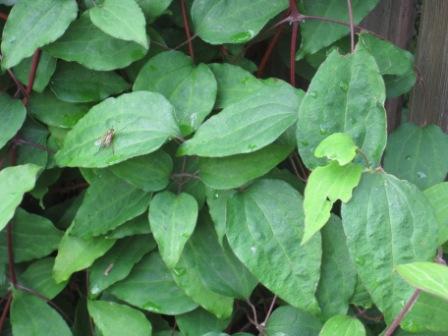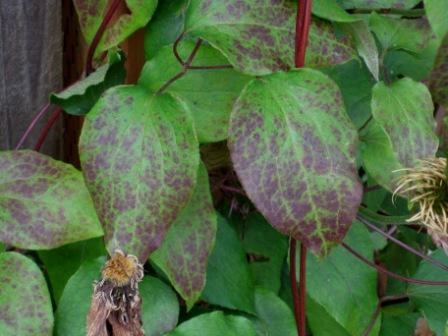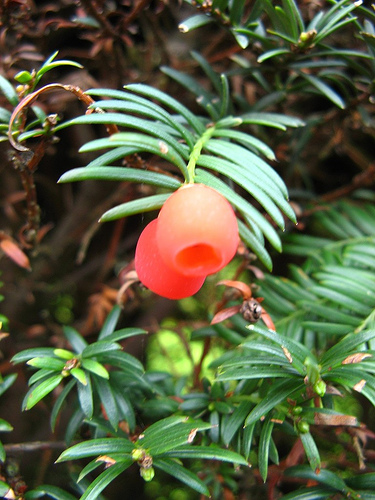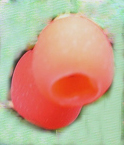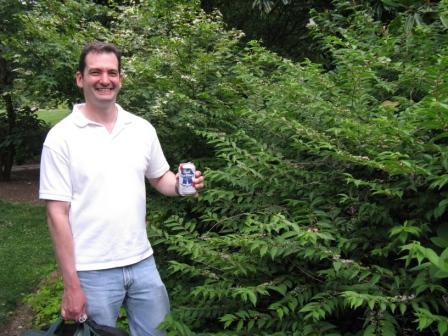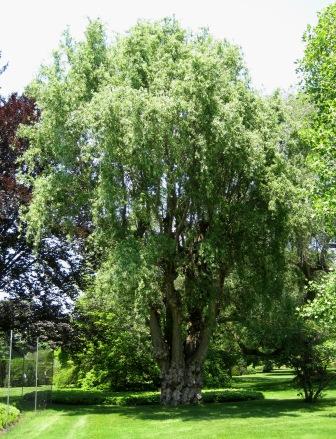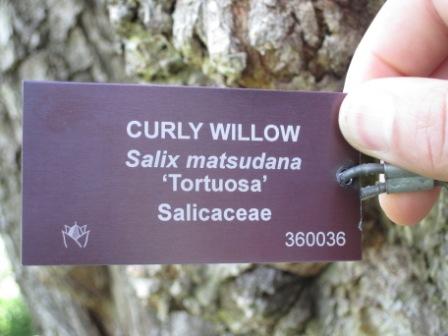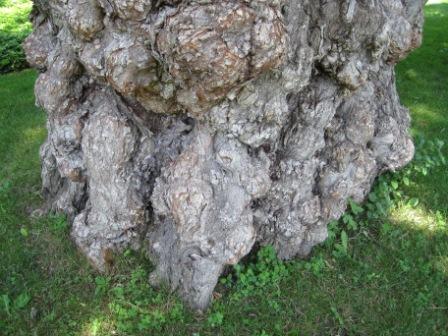
Why, oh why, can’t someone engineer a sturdy, long-lasting, horticulturally-correct water breaker.
We have, at last count, six hoses in use at our very spread-out garden & farm. I go through a lot of breakers, and am down to two, which I rotate around. In dire need of some new ones (as well as a huge bale of TP), I perused the garden aisle at our local big box (rhymes with “Target”). Pistol grip schnozzles abound – these things that propel the water
like a 95 mph fastball. Just what your plants want. Some had the “dial” for various water flow patterns, but these are never satisfactory. Not a single real water breaker for plants among the 20 choices. So I shall do mail-order from FarmTek.
Dramm seems to makes the only functional water breaker, but alas, most of what’s in my busted-breaker-bucket are old Dramm heads (at $10-$12 a pop). Their commercial line is a bit better than the consumer items, where a rainbow of colors seems to be more important than structural integrity. Anyone who’s worked in a commercial greenhouse has used their aluminum models or the plastic RedHead soft flow breaker, The only solid brass item in their line is the super-fine Fog-it Nozzle… I’ve had the same one since 1996.
A solid brass version of the full-size breaker would be great. The point of failure (always) is the interface between the screen plate and the body/shell. I hate replacing things. I’d pay for quality.
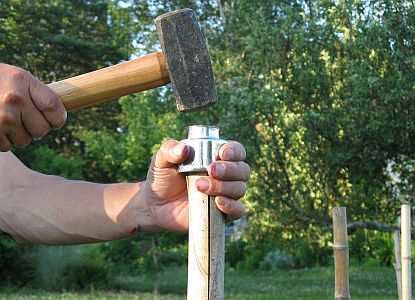
Obsoive. My ingenious partner uses a water breaker body to keep bamboo from splitting (further) when pounded. Principle of transference of impact from smaller area to larger surface, etc. Tomato stakes finally installed!

